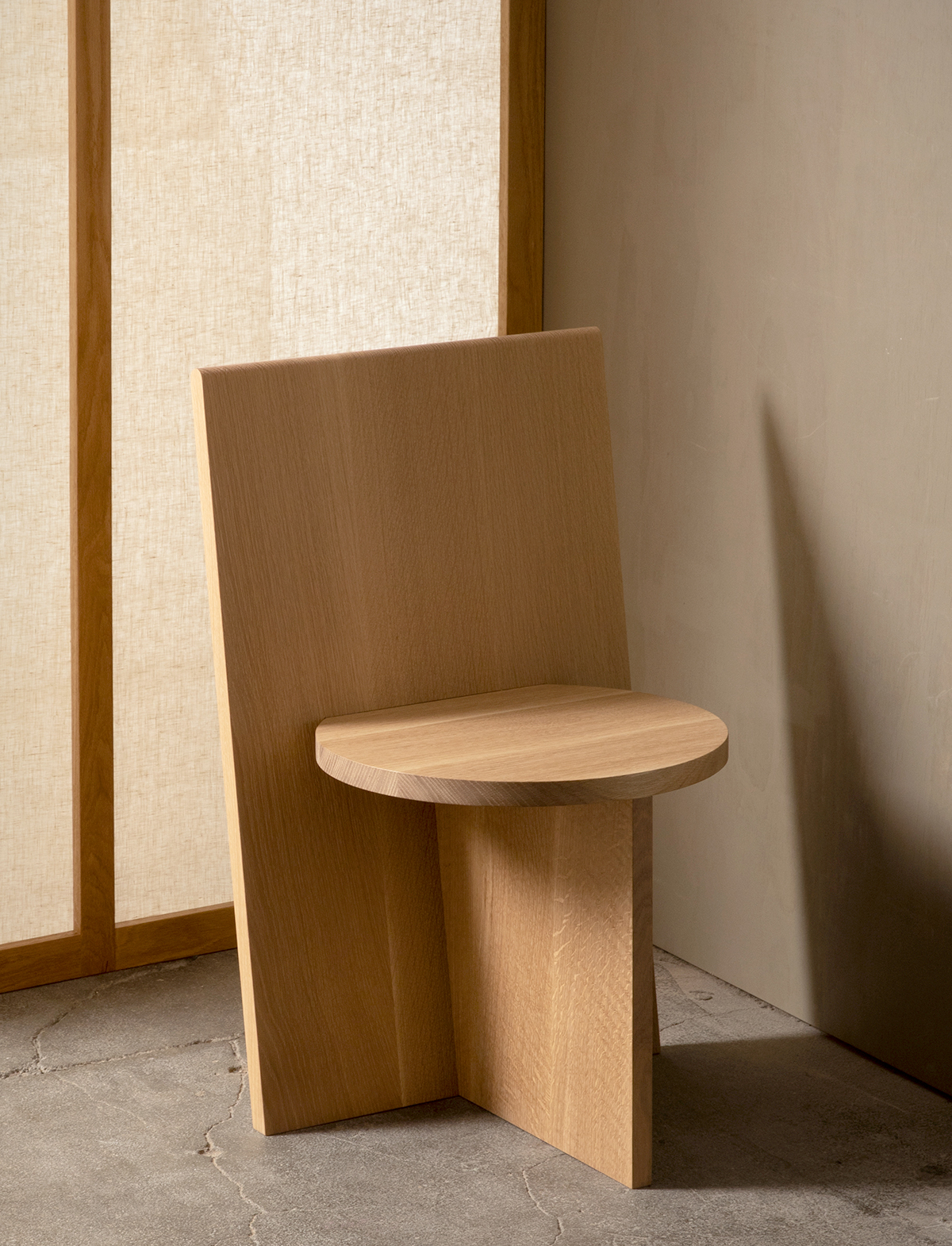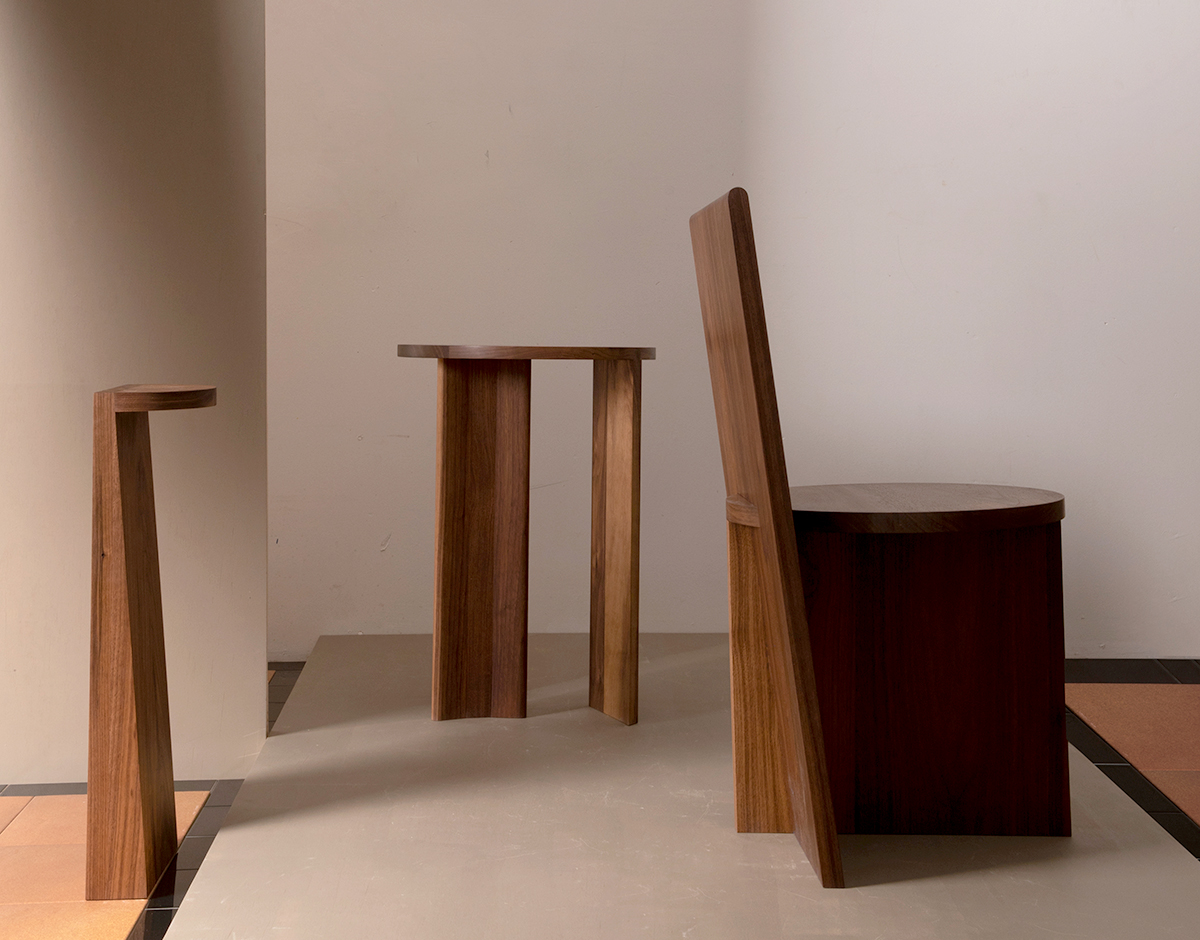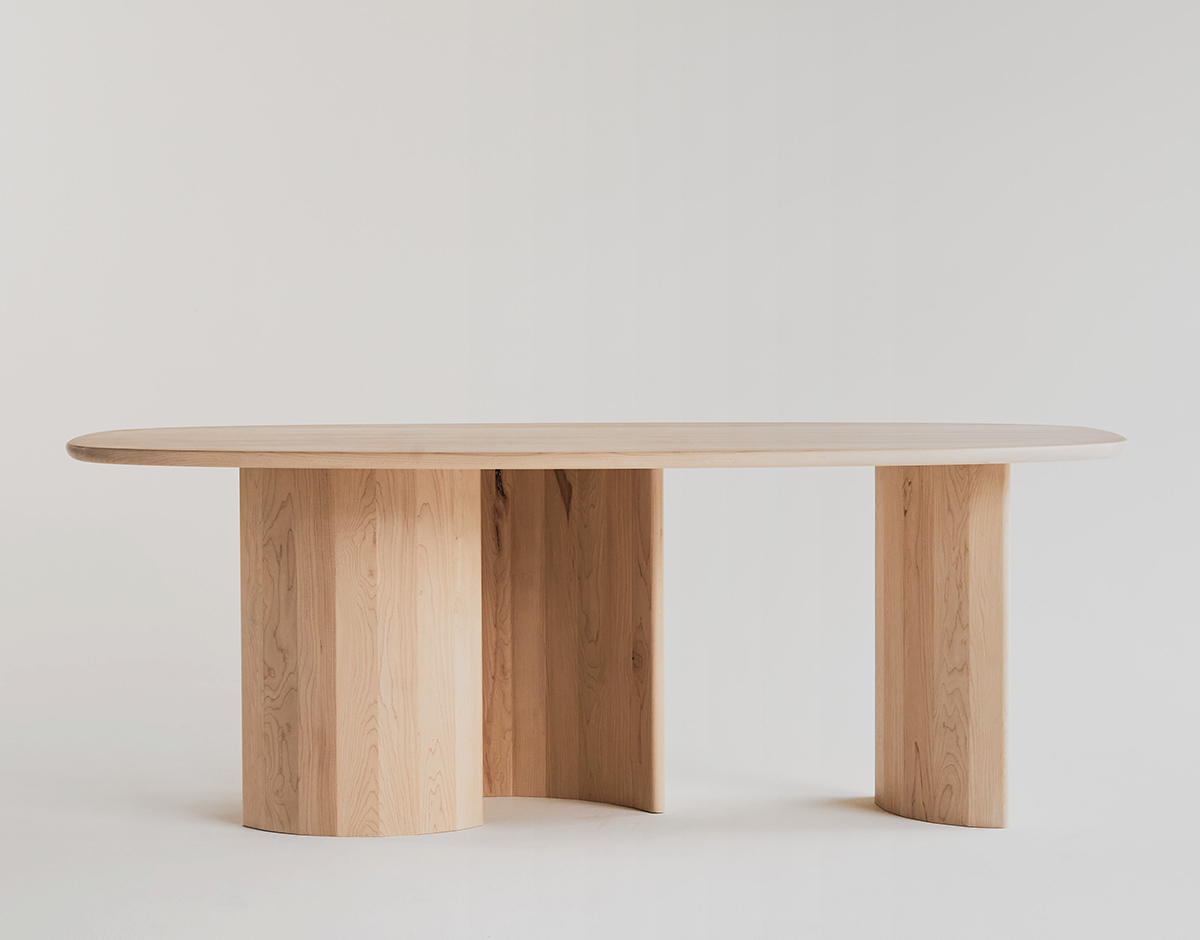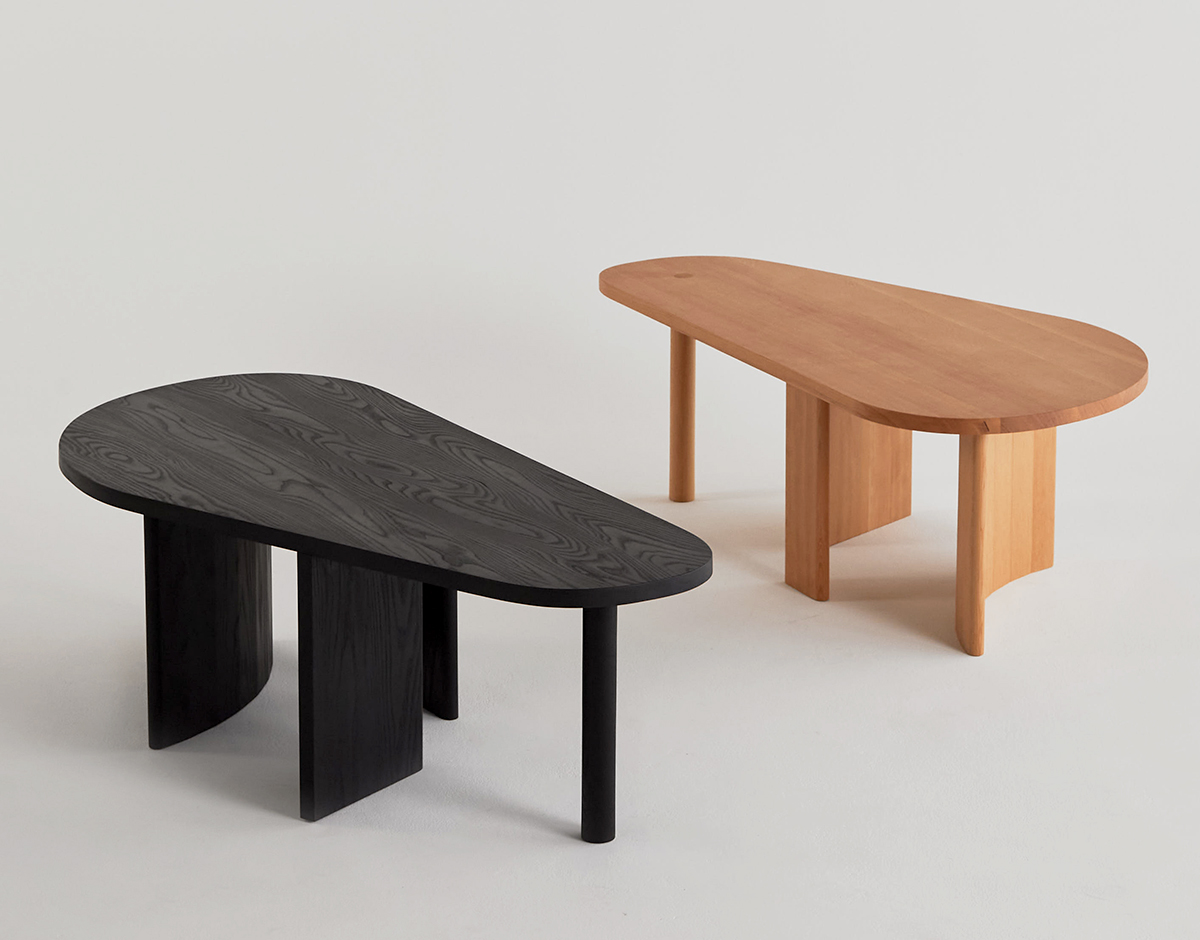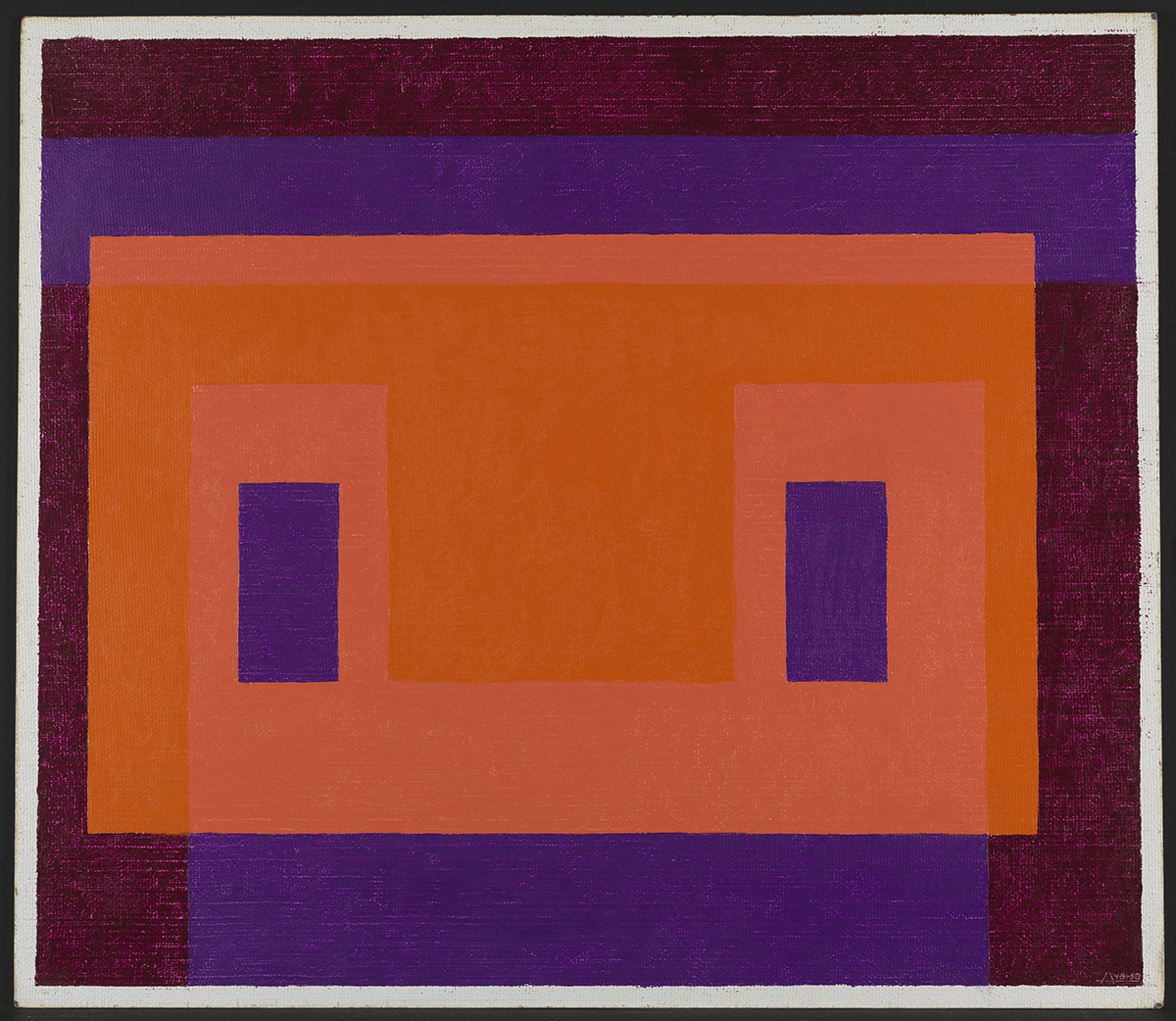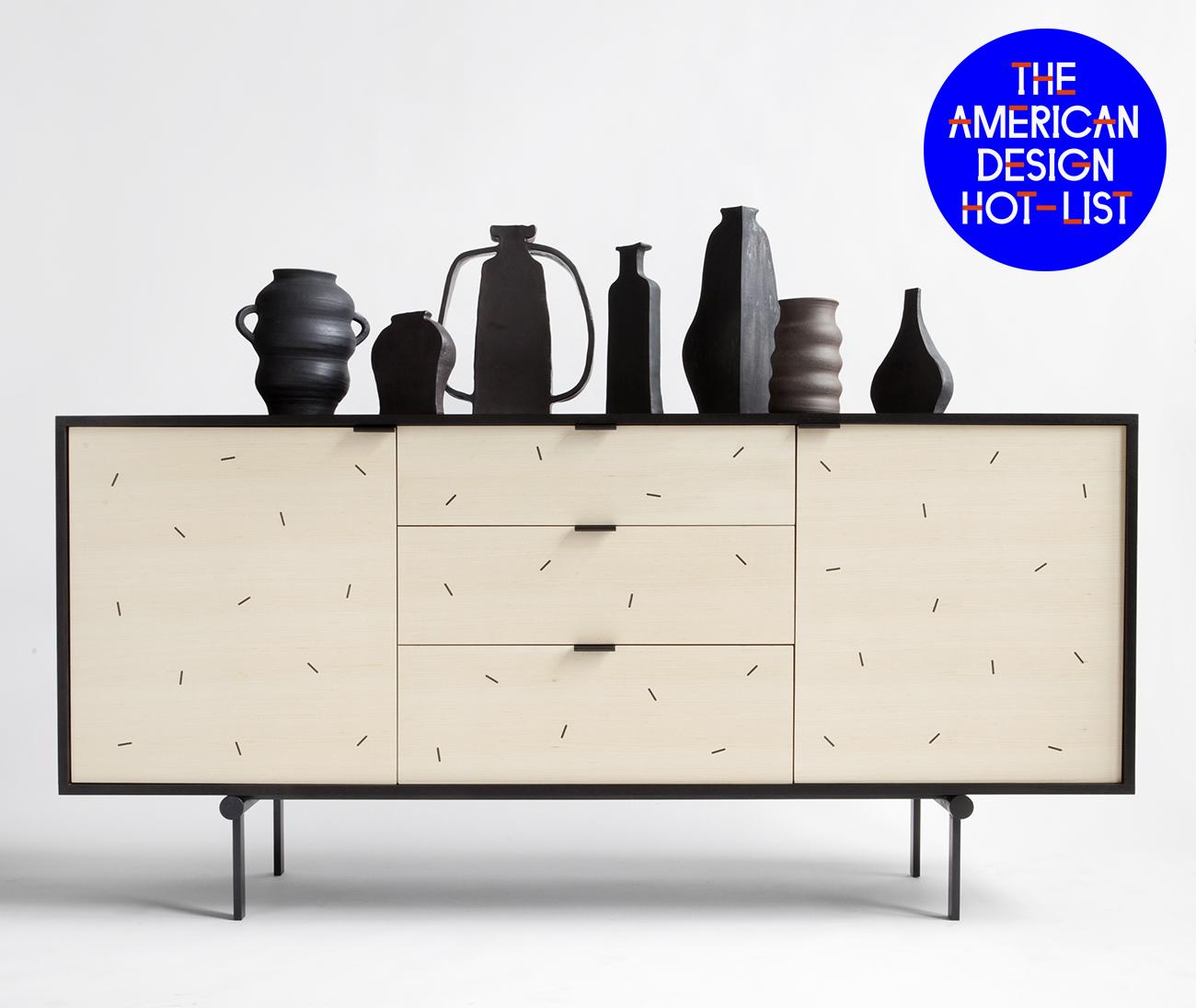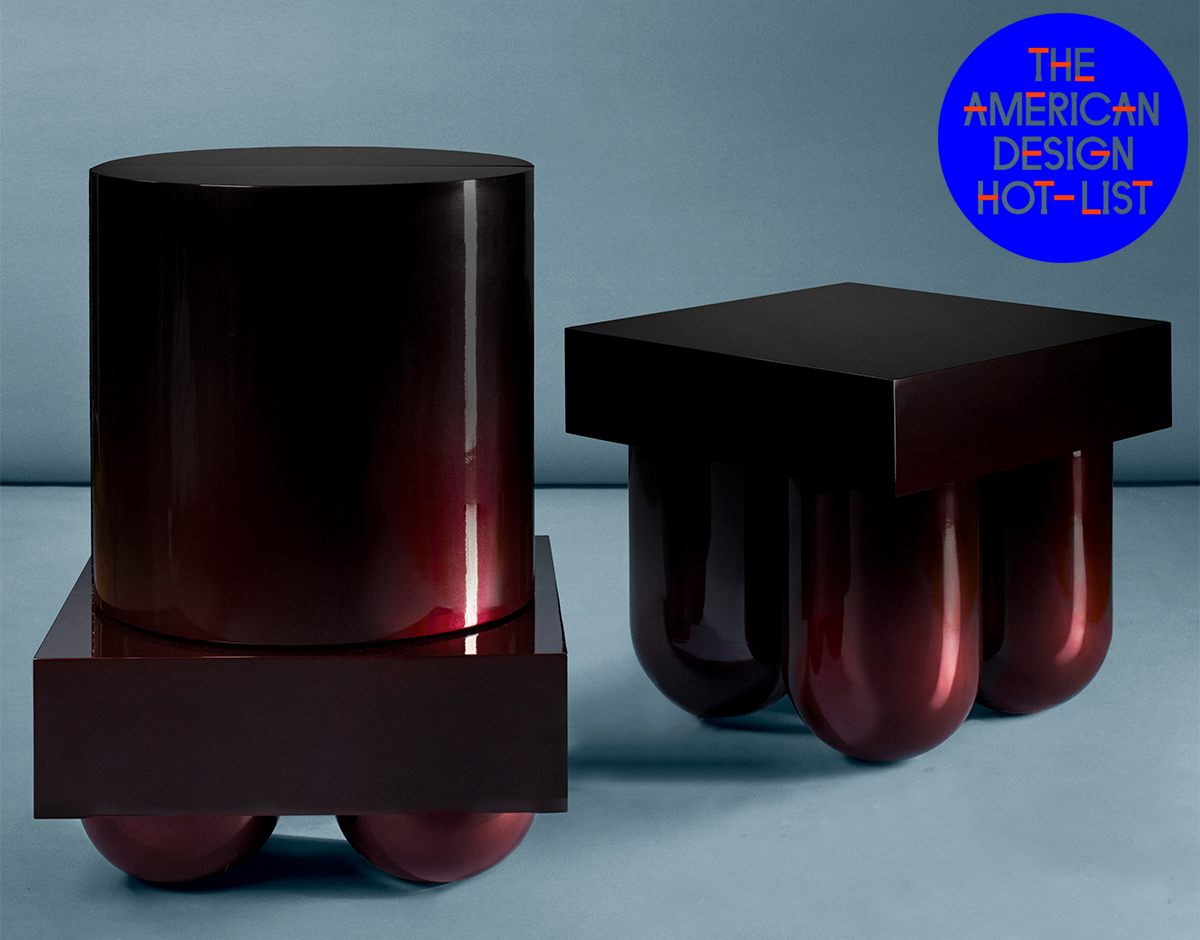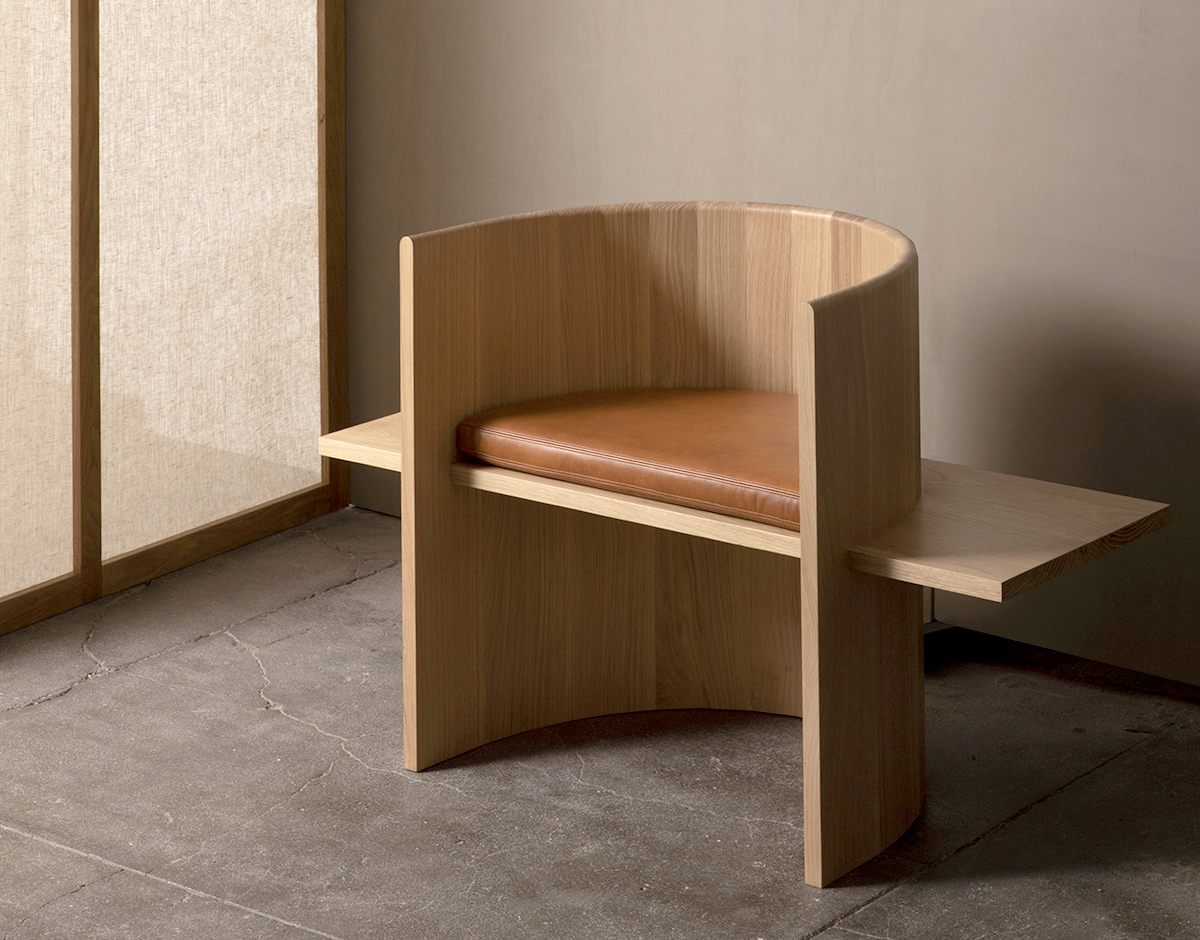
American Design Hot List 2020
Campagna
Portland, Oregon, campagna.cc
Many independent furniture designers get their start working in wood simply because it’s an easy-access, no-minimums-required material. For Cody Campanie, though, it’s a birthright — he’s a third-generation woodworker who grew up amidst makers in rural New York, and went on to form a studio around bringing his subtly edgy aesthetic to the traditional craft.
What is American design to you, and what excites you about it?
It’s difficult to discuss what American design is without acknowledging the complexity of American history and how American creativity has been born from eras of conflict and contradiction. For example, Josef Albers, who taught at the Bauhaus and sought refuge in the U.S. after leaving Nazi Germany, was appointed a teaching position at Black Mountain College in North Carolina with the help of architect Philip Johnson, a Nazi sympathizer. Here, Albers mentored the sculptor Ruth Asawa, who was held in an internment camp on the west coast by the U.S. government because she was Japanese-American. This highlights the entanglement of politics and our identity as a country of immigrants with American existence and American design.
Once again, we’re in an era of stark conflict and contradiction. But within the pain of the last year, there have also been reasons for excitement. There’s a growing awareness and support of young, talented designers from many backgrounds who are pushing against existing structures and norms. People have a renewed understanding of the importance of craft and quality and are backing small businesses and artisans who make things with their hands. This reading of American design is less about an aesthetic, but more in keeping with an expression of our ever-evolving understanding and criticism of the complexity of our nation.
What are your plans and highlights for the upcoming year?
Over the last year, I’ve been collaborating with my friends at the architecture and design studio Anderson Su on a cabin located in a very special place: Orcas Island in Washington State. We’ve constructed the entire cabin from the ground up (literally, pouring the foundation) and are set to finish early in the new year. It’s been an incredible experience to work at a larger scale while keeping a high level of detail in the craft. From the roof to custom furniture pieces that will be housed within, the entire structure feels like building one big, intricate cabinet.
In addition, I’m looking forward to creating some new pieces from materials other than wood that call upon the skills of some of the incredible craftspeople I’ve met since moving to Portland. I’m also really looking forward to seeing the breadth of thoughtful work that my friends will release in the coming year.
What inspires or informs your work in general?
As of late, I’ve been thinking a lot about the writer Kiese Laymon’s notion of revision. In it lies the importance of honest self-assessment of not only our craft, but our lives and the world around us. This is reflected in the way in which so many influential craftspeople of all kinds pursue their work, from surgeons to bread bakers, writers, and athletes. I’m inspired by the concept that by committing to honing our craft, our craft becomes a part of us, and we are in turn honing ourselves.
I’ve also been revisiting photos from past travels for both comfort and inspiration. Though most of these pictures are of shadows and the corners of things, there are a few specific ones I keep coming back to: the noodle-like texture of Saint Anthony Abbot’s beard hair in Giovanni di Nicola’s painting from 1326, the quality of light coming through the tiny arched windows of the Little Metropolis chapel in Athens, and the simple detail in the cuticles on an Egyptian two-finger burial amulet from around 500 B.C. Studying and drawing parallels between these disparate historical references has helped get me out of an often strict and rigid process that I previously used in designing new work.